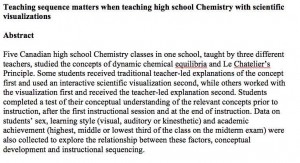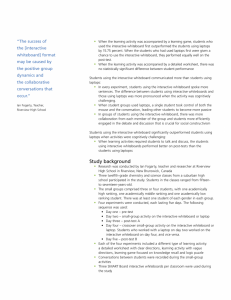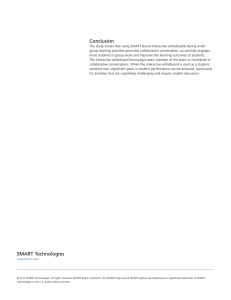There is a very big difference between knowing more and being smarter.
I am not necessarily interested in higher test scores, more knowledge, a certification or more chapters from a text. Rather, I am interested in creating students who have a strong science foundation and the intellect to attack problems that they have never seen before.
Sometimes these problems are abstract word problems, sometimes they are creating an experimental procedure, and sometimes they are engineering a solution.
I want to grow brains, not just fill them.
Technology plays a large roll in the content delivery, the presentation of puzzles, collecting data, getting knowledge and opinions from experts and collaboration. Technology is an important tool, but just a tool. The details of what, how and why are critically important in the instructional design.
My specific Research Interests include:
- new 3D televisions to learn spatial concepts in Chemistry.
- the role of visualizations and simulations in learning Chemistry and Physics.
- the difference between individuals at 1 to 1 laptops and small groups gathered around Interactive Whiteboards.
- using probeware to collect data for the evolution of lab procedures.
- the role of group work and team dynamics in learning.
I am trying to find ways to change the way that students learn and think. So I conduct both informal and formal educational research to differentiate between theory and practice. I am most blessed to have collaborations with the University of New Brunswick, University of Queensland and Smart Technologies.
Please contact me for other research possibilities. My research lab contains:
- SmartBoards: 7 total, 5 in the same room, 3 of them are multitouch.
- Laptops: 1 to 1 laptops with full WIFI
- Probeware: 8 complete sets of physics and chemistry probeware
- 3D TV: active screen television and 6 active glasses
- Smart Response XE and VE: 2 Class sets
- 2 Ipads
_____________________________________________________________
Teaching Sequence matters when teaching high school Chemistry with scientific visualizations. I. Fogarty & D. Geelan. Teaching Science: The Journal of the Asutralian Science Teachers Association, Volume 58, Number 4, December 2012 pg 19-23.
Full Text
_____________________________________________________________





